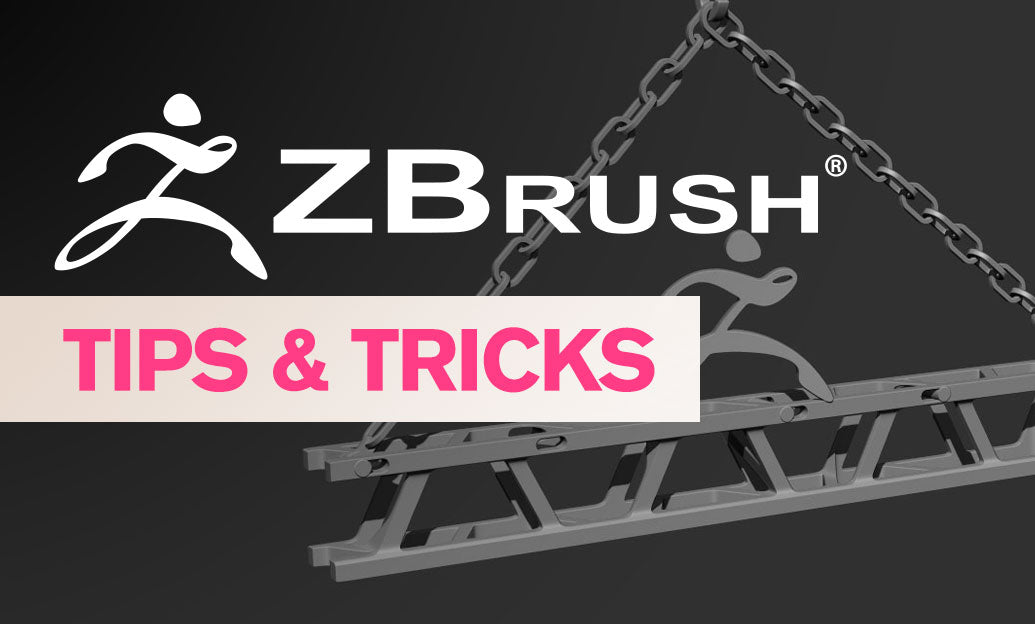Your Cart is Empty
Customer Testimonials
-
"Great customer service. The folks at Novedge were super helpful in navigating a somewhat complicated order including software upgrades and serial numbers in various stages of inactivity. They were friendly and helpful throughout the process.."
Ruben Ruckmark
"Quick & very helpful. We have been using Novedge for years and are very happy with their quick service when we need to make a purchase and excellent support resolving any issues."
Will Woodson
"Scott is the best. He reminds me about subscriptions dates, guides me in the correct direction for updates. He always responds promptly to me. He is literally the reason I continue to work with Novedge and will do so in the future."
Edward Mchugh
"Calvin Lok is “the man”. After my purchase of Sketchup 2021, he called me and provided step-by-step instructions to ease me through difficulties I was having with the setup of my new software."
Mike Borzage
Rhino 3D Tip: Effective Use of the Blend Curve Tool in Rhino 3D for Seamless Design Transitions
July 10, 2025 2 min read

The Blend Curve Tool in Rhino 3D is a powerful feature that enables you to create smooth, transitional curves between two existing curves. This tool is essential for achieving seamless connections in your designs, ensuring that your models exhibit the desired flow and aesthetic quality.
How to Use the Blend Curve Tool Effectively:
-
Accessing the Tool:
- Navigate to Curve > Blend Curves > Blend in the menu.
- Or simply type
Blendin the command line and press Enter.
-
Selecting Curves:
- Click on the end point of the first curve where you want the blend to start.
- Click on the end point of the second curve where you want the blend to end.
-
Adjusting Continuity Settings:
- Choose the desired continuity for each end:
- Position (G0): The blend curve meets the original curves at a point.
- Tangency (G1): The blend curve has the same direction at the connection point.
- Curvature (G2): The blend curve matches the curvature, providing an even smoother transition.
- You can adjust these settings in the command line options.
- Choose the desired continuity for each end:
-
Manipulating the Blend Curve:
- Use the control handles to adjust the shape of the blend interactively.
- Fine-tune the curve by moving the handles closer or further from the endpoints.
-
Finalizing the Blend:
- Once satisfied with the blend, press Enter to complete the command.
- The new blend curve is now part of your model and can be edited like any other curve.
Tips for Optimizing Your Blend Curves:
- Plan Your Curves: Ensure that the original curves are appropriately aligned for a natural blend.
- Use Analysis Tools: Utilize Rhino’s curvature analysis to verify the smoothness of your blend.
- Experiment with Continuity: Different levels of continuity can drastically affect the transition; try G1 and G2 for smoother results.
- Practice Makes Perfect: Regular use of the Blend Curve Tool will enhance your proficiency and speed.
Common Applications:
- Product Design: Creating ergonomic shapes with seamless transitions.
- Automotive Design: Crafting bodywork with fluid lines and curves.
- Architectural Modeling: Designing organic forms and smooth surfaces.
Troubleshooting Common Issues:
- Curves Not Blending Correctly: Check that your curves are properly oriented and endpoints are correctly selected.
-
Unexpected Twists: Adjust the direction of your curves or use the
Flipoption during the blend. - Blend Curve Too Complex: Simplify your original curves if possible, or adjust the continuity settings.
Enhancing your skills with the Blend Curve Tool can significantly improve the quality of your 3D models. For more advanced techniques and resources, visit NOVEDGE, the leading online store for design software. NOVEDGE offers a wide array of tutorials, expert advice, and the latest Rhino plugins to take your designs to the next level.
Stay connected with NOVEDGE for updates on the latest tools and industry trends:
- NOVEDGE Blog
- Follow on social media for tips and inspiration.
Mastering the Blend Curve Tool not only enhances your current projects but also expands your capabilities as a designer, enabling you to create more complex and refined models with confidence.
You can find all the Rhino products on the NOVEDGE web site at this page.
Also in Design News

Cinema 4D Tip: Integrating M4A Audio for Enhanced Animation in Cinema 4D
September 27, 2025 2 min read
Read More
Bluebeam Tip: Maximize Document Security and Efficiency Using the Erase Tool in Bluebeam Revu
September 27, 2025 2 min read
Read More
ZBrush Tip: Mastering Displacement Maps in ZBrush for High-Detail 3D Modeling
September 27, 2025 2 min read
Read MoreSubscribe
Sign up to get the latest on sales, new releases and more …


